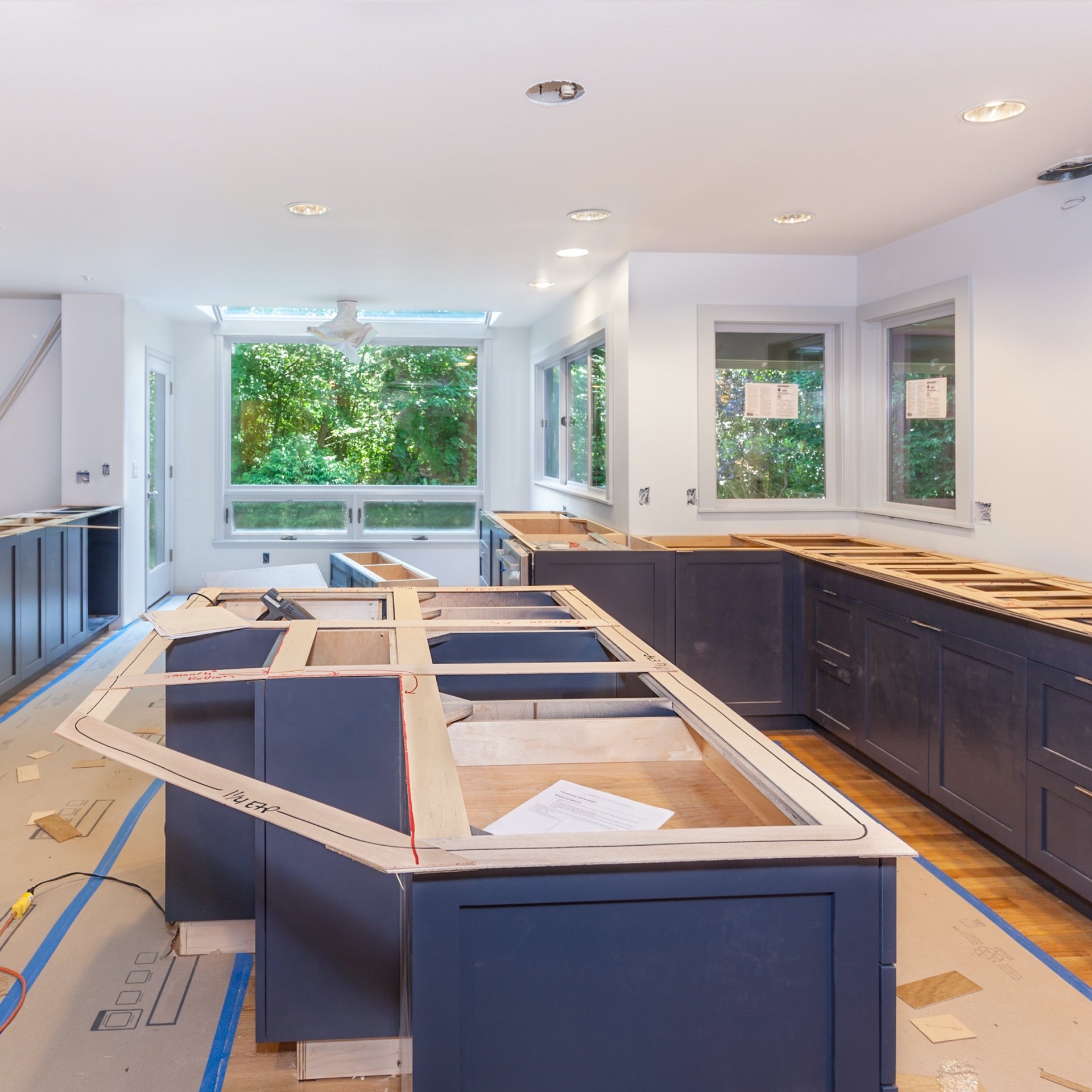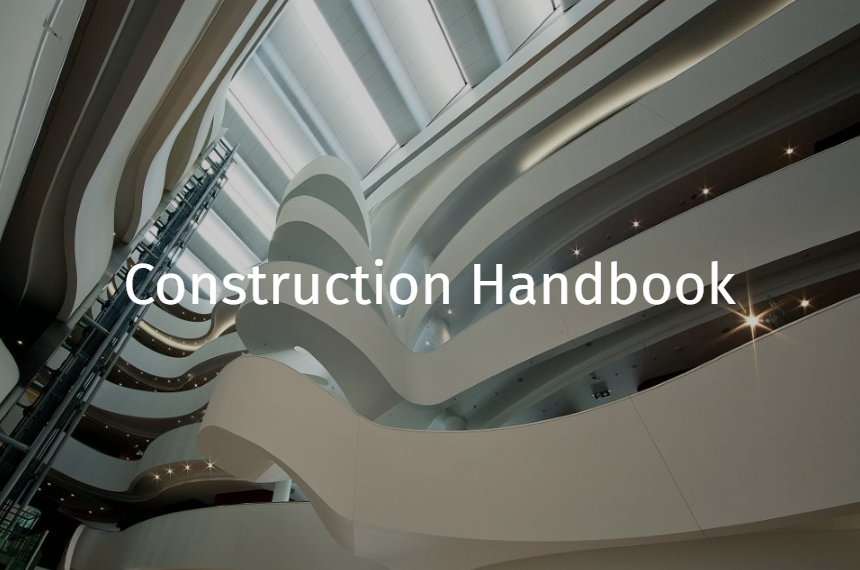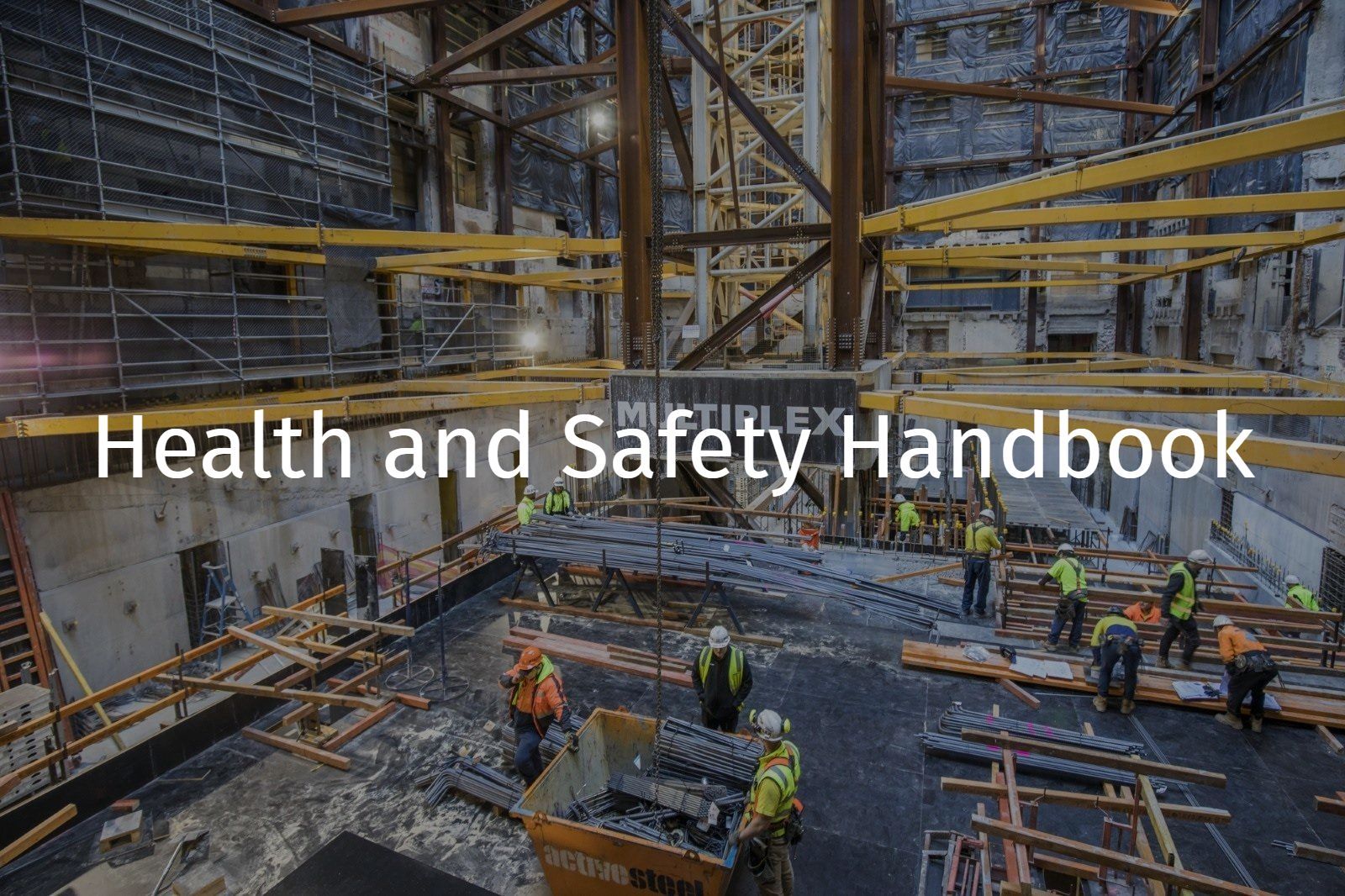Asbestos Containing Materials in Soils (Below Ground)
References: R Record keeping requirement | E An engineering/certification requirement | P A permit to work requirement | S A safe work method statement (SWMS) / written plan
Note: This section is to be read in conjunction with ACM in Buildings/Structures and Asbestos Containing Materials (ACM) - General
Managing ACM Impacted Soils
Prior to excavating, all ACM-impacted soils must be dampened, but not drenched so as to avoid increase in both material weight & the risk of contaminated leachate run-off.
While excavating materials potential release and spread of ACM should be minimised by preventing loads being dropped from heights, controlling speed of on-site mobile plant and reducing the number and surface area of any temporary stockpiles between the excavation and loading point.
R If ACM-impacted soils are intended to be retained on site, then they must not be excavated until such times as:
- A remediation action plan or asbestos management plan is developed
- The location of the burial area is agreed with a Contaminated Sites Auditor, and
- The burial area is prepared and capping material is available to cover the material immediately after placement.
All ACM-impacted soils must be excavated, stockpiled and / or disposed of in accordance with project construction environmental management plans and associated client / contractual requirements.
Stockpiling ACM Impacted Soils
Stockpiles of ACM impacted soils must be:
- Managed in accordance with the remediation action plan
- Retained within the exclusion zone away from water bodies, to reduce potential impacts of stockpiles on surface water and sediment quality
- Maintained under moist conditions and provisions made to hydro mulch or otherwise stabilise the stockpile (if not disposed of / removed from site within 2 weeks
- Bunded to contain soil or surface runoff. Material used for bunding is to be incorporated into the stockpile prior to burial / off-site disposal
Following removal, soil validation sampling must be taken across the stockpile location to validate that contaminated soils have been successfully removed
Decontamination of Soil
If there is a risk of soil contamination, the area should be visually inspected by a Competent Person, and if any ACM is detected the soil must be decontaminated. The methods used for this decontamination should be based on a risk assessment and advice should be sought from a Competent Person.
The topsoil should be dampened down, to minimise the generation of dust, and all visible pieces of ACM debris should be picked up individually, so that the risk of ACM fibre inhalation is effectively eliminated. If this is not practicable, the contaminated topsoil should be removed to a depth at which there is no visible ACM contamination / debris.
Remediation Options
Managed insitu (i.e. buried) – noting planning, methodology and approval from client, an appointed Contaminated Sites Auditor as well as a Competent Land contamination consultant would be required
Treated on-site – hand-picking (emu-bob) any visible ACM fragments. Tilling / screening to separate ACM fragments from soil stockpiles. Testing and validation by a competent person (via on-site screening through a < 7mm sieve) of soil stockpiles and lab analysis prior to prescribing the soil as non-contaminated with ACM.
Removed off-site - Contaminated soil is excavated to a depth where visible ACM fragments are no longer present. The contaminated soil is placed in a licensed truck and disposed of at a licensed landfill facility. Onsite visual inspection and further lab analysis by a competent person to prescribe the soil as uncontaminated.
Document Control
Version 1 August 2019 – New Procedure







